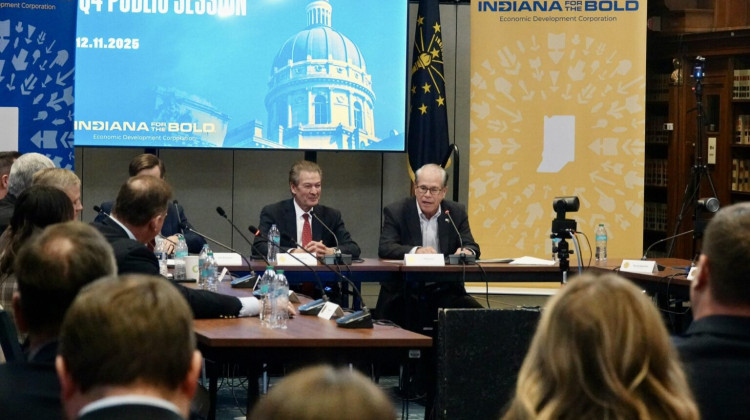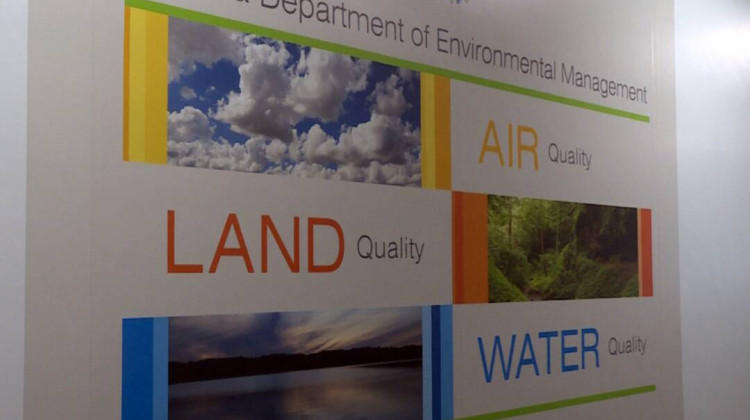Northwest Indiana’s Lake Michigan port will get nearly $10 million from the federal government for infrastructure upgrades to boost its capacity.
The port of Burns Harbor is spending nearly $20 million total to add rail miles and railcar storage, truck handling facilities, dock space and a new cargo terminal. The U.S. Department of Transportation FASTLANE grant will contribute to that.
Burns Harbor director Ian Hirt says his port has been successful because it can combine all those modes of moving materials, in the heart of steel country.
“It’s things that are going to the heavy industry in the region, the Upper Midwest, to go into the plants to make things,” he says. “They want to move it by water – it’s the cheapest way to move it – so they come into the port, then they’ll do that last little bit by truck or by rail and get it to their facility.”
Burns Harbor handled two million tons of cargo so far this year as of September, its second best total ever for that period. The state’s three ports overall also had their second-best nine months ever, moving more than 8 million tons combined.
READ MORE: Jeffersonville Port Invests In Infrastructure, Seeks New Tenants
And Burns Harbor’s FASTLANE grant isn’t the only federal infrastructure funding floating around the Ports of Indiana right now. The Port of Jeffersonville is getting $10 million of its own from the DOT’s TIGER grant program, for similar upgrades – more rail miles and barge handling capability.
 DONATE
DONATE










 Support WFYI. We can't do it without you.
Support WFYI. We can't do it without you.